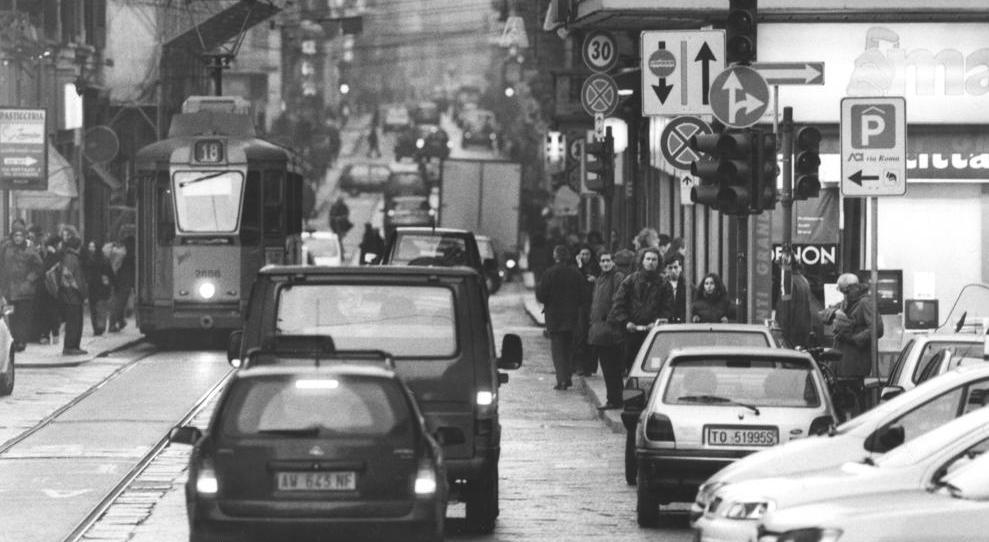#Episode2 – Being a pioneer
#30yearsforsmartmobility
The second episode of our history is a decade long: from 1992 to the early 2000s.
1992 is the year of our constitution: the City of Torino decides to launch a large-scale telematics experimental project called “5T – Telematic Technologies for Transport and Traffic in Turin” to improve the mobility of citizens in compliance with environmental sustainability.
The project is realized by a public-private consortium composed of the Azienda Torinese Mobilità (ATM), Azienda Energetica Metropolitana (AEM) and private partners for a total investment of 23 billion lire, of which a portion from the European Community thanks to Quartet plus program (the first in Europe to finance pilots with telematic technologies).
The aims of the 5T project are ambitious: to reduce the average travel time of citizens by 25% and to reduce the traffic emission and fuel consumption by 18%.
And the achievements of the project are courageous. A platform of 9 cooperating subsystems coordinated by a Traffic Supervisor is created and at the same time also a public infrastructure that begins to cover an increasingly large area of the city: 140 traffic light intersections become “intelligent” because they are connected to the traffic control system ; 1200 loops are implemented to monitor car flows; in 200 public transport stops, displays with arrivals times are installed; 100 trams are able to announce the next stop and 50 variable message signs are installed to direct traffic and communicate free spaces in the equipped car parks.
In 1996 we start with the experimentation phase, for 22 months ending in 1997 with encouraging results: travel times are reduced for both public transport and private cars but above all time is returned to citizens who see a reduction average travel time by 21%, equal to approximately 7 minutes less per journey.
From 1998 to the early 2000s, the system becomes operative but the Consortium’s intention is to continue with its extension throughout the city to maintain and improve the performance achieved. In 2000 Torino hosted the 7th ITS World Congress and on that occasion the City of Torino presented TITOS (Torino ITS Two thousand Open Showcase), a new “open” digital platform to facilitate, ensure and promote the integration and the interoperability of ITS technologies.
Torino becomes the first city in Europe to have an integrated Mobility Centre.

